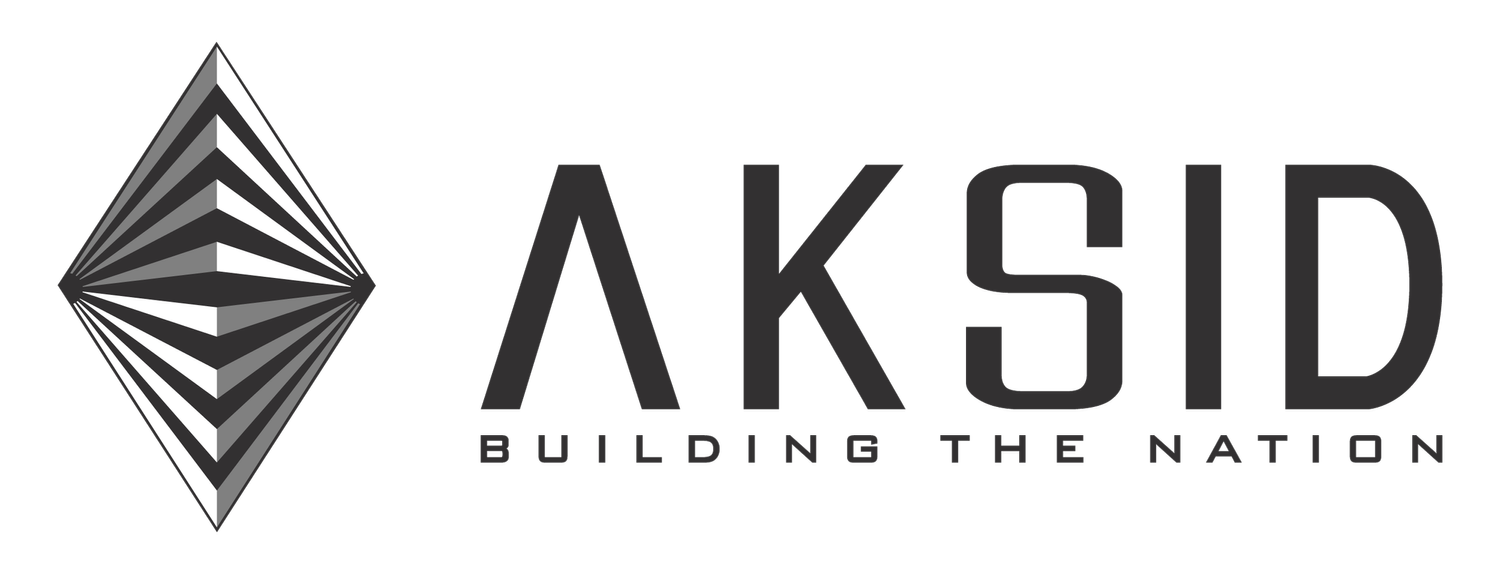IT Common Problem & Solution
-
Update Windows and drivers: Ensure your system and drivers are up to date.
Restart your PC: Sometimes a simple restart can improve performance.
Close unnecessary programs: Use Task Manager to close resource-hungry programs.
Free up disk space: Delete unnecessary files and use disk cleanup tools.
Check for malware: Run a full system scan with your antivirus software.
Video Link - https://www.youtube.com/watch?v=i6q-KTVYzhM
-
On a PC or Lapop:
Go to Start > Settings > Network & Internet > Status > Network reset.
Click Reset now. Your laptop will remove your network adapters, then it will restart and reinstall them.
For better understanding - https://www.youtube.com/watch?v=msITXYrxQg8
Go back into your Wi-Fi settings and try to connect to your network.
Check cables and connections: Ensure all cables are securely connected.
Move closer to the router: Improve Wi-Fi signal strength by reducing distance.
Update network drivers: Ensure your network drivers are up to date.
Run network troubleshooter: Use Windows' built-in network troubleshooter.
-
Check connections: Ensure the printer is properly connected to your computer.
Restart the printer: Turn off the printer, wait a few seconds, and turn it back on.
Update printer drivers: Download and install the latest drivers from the manufacturer's website.
Clear print queue: Cancel all documents in the print queue and try printing again.
Run printer troubleshooter: Use Windows' built-in printer troubleshooter.
-
Run a full system scan: Use your antivirus software to scan and remove malware (Windows Default Detector).
Update antivirus software: Ensure your antivirus definitions are up to date.
Use malware removal tools: Tools like Malwarebytes can help remove stubborn infections
Disconnect from the internet: Prevent malware from spreading or communicating with its source.
-
Reset password: Use the "Forgot Password" feature on the login screen.
Check security questions: Answer security questions to reset your password.
Contact support: Reach out to the service provider's support for assistance.
-
Check internet connection: Ensure you are connected to the internet.
Clear email cache: Clear the cache and cookies of your email client.
Update email client: Ensure your email client is up to date.
Check spam/junk folder: Sometimes emails are mistakenly marked as spam.
-
Restore from backup: If you have a backup, restore your data from it (All Data Put OneDrive Always).
Check for physical damage: Ensure your storage device is not physically damaged.
Run disk check: Use chkdsk to check and repair disk errors.
Consult a data recovery specialist: For severe data loss, seek professional data recovery services.
-
Check connections: Ensure the device is properly connected to your computer.
Update drivers: Download and install the latest drivers for the device.
Try different ports: Connect the device to a different USB port.
Check for physical damage: Ensure the device is not physically damaged.
Run hardware troubleshooter: Use Windows' built-in hardware troubleshooter
-
Update software and OS: Ensure all software and your operating system are up to date.
Use strong passwords: Use complex passwords and change them regularly.
Enable firewall: Ensure your firewall is enabled and properly configured.
Run regular scans: Use antivirus and anti-malware software to scan your system regularly.
Educate users: Ensure all users are aware of security best practices.

